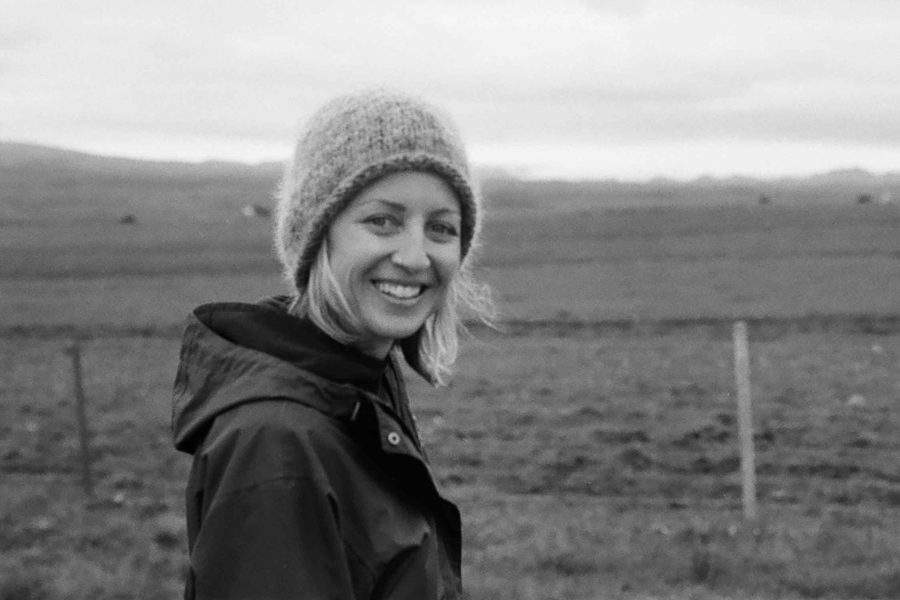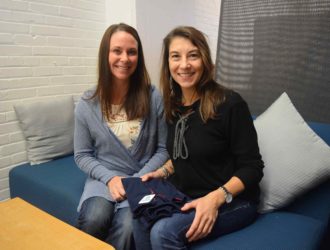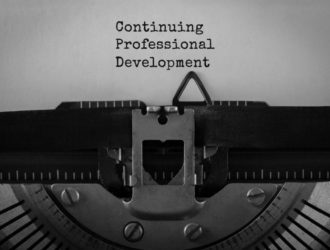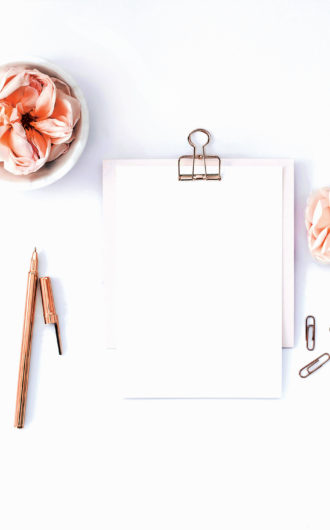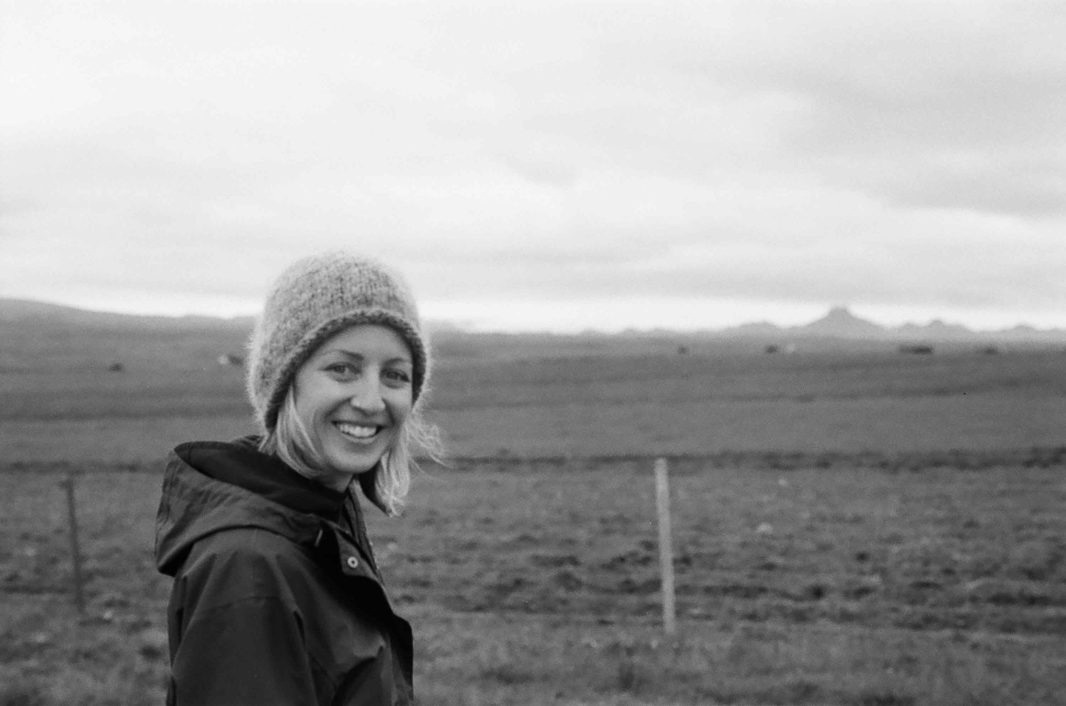
Photo courtesy of Learning Beautiful
Kidding around: Learning Beautiful founder and CEO and MassChallenge finalist Kim Smith
While attending the Massachusetts Institute of Technology as a media arts and sciences graduate student, Kim Smith was inspired by the Montessori method to develop a new, tangible way for young children to engage with computer science minus the screen time.
Together with co-founder Yonatan Cohen, and assisted by computer scientist Sanjoy Mahajan, the start-up company Learning Beautiful was created at the MIT Media Lab, offering research-driven educational toys made with natural materials.
Designed for children ages three to nine, the toys allow users to explore concepts of binary counting, patterns, data structures, image representation, and concepts of abstraction without the use of a computer. The products were tested against the Montessori method, a child-centered educational approach based on scientific observations and created by pioneering physician Dr. Maria Montessori.
While Learning Beautiful began as Smith’s master’s thesis project, it transformed into an LLC in July 2017, shortly after she graduated. Learning Beautiful was also chosen out of 1,600 applications to join the MassChallenge Boston accelerator program as part of the 2018 cohort.
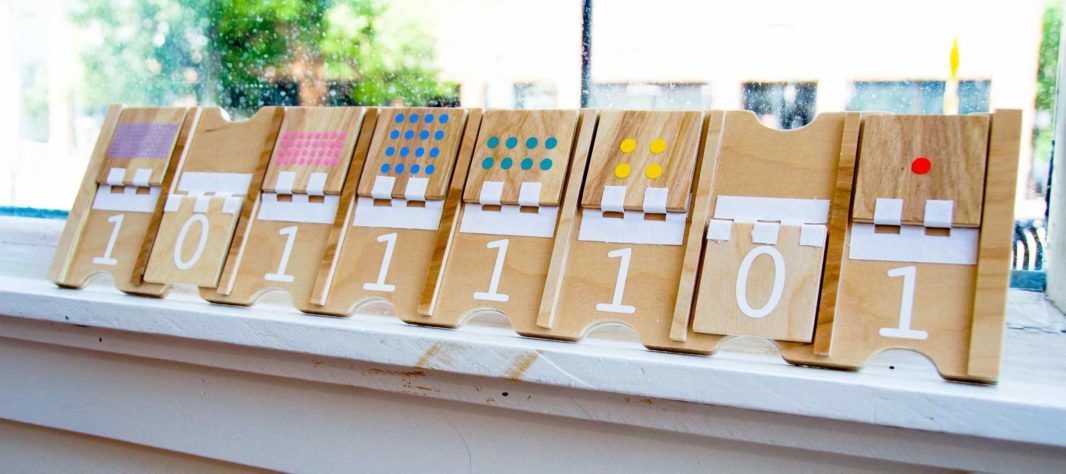
Photo courtesy of Learning Beautiful
Child’s play: The Binary Cards toy introduces children to binary numbers, the foundation of computers
Exhale caught up with Smith to discuss her innovative products, the importance of computational thinking in the educational system, and how she went from conducting research to founding her own business.

Exhale: How were you able to take this concept from a master’s thesis to a marketable product?
Kim Smith:I was excited to work on it, and even after graduating, I felt like it wasn’t finished yet. It gained success and a lot of interest, and I decided to continue giving it a life outside of a school context.
The media lab itself puts a lot of emphasis on getting things out in the world; there’s a blending between academics and the city outside. People in the lab are very entrepreneurial minded.
Through their close relationship with the media lab, the Chicago Public Library then reached out to have our toys in their newly redesigned children’s wing.

How would you describe the Montessori method, and how was it used to create your products?
The Montessori method was developed over 100 years ago by physician Maria Montessori, one of the first female doctors in Italy. She worked with children no one else at the time wanted to work with; they had delayed learning and development challenges. She created learning materials that engaged with them. They were concrete and simple but also encouraged them to use their hands, the space around them, and cooperation. With these tools, they were able to outperform other students in academic testing.
The skills kids need now are a little different with technology everywhere. Dr. Montessori was innovative for her time, and we imagined extending her method to include things kids want to learn about today, like computer science.
However, educators and parents get frustrated when children are constantly using screen-based materials. Suddenly, they’re in this 2-D world that cuts them off from understanding spatial relationships, touch, gravity…at an early age.

Were you able to gain feedback from kids on the products?
When we were developing the toys, we partnered with local schools and created Wildflower, a network of innovative schools utilizing authentic Montessori methods.
We tested our prototypes in the schools. Kids are great because they don’t lie. We were mostly trying to measure, Do they want to interact with it? Some things they loved, some things they didn’t, so we ended up scrapping and changing those things.
For example, for the binary tower toy, one thing we learned is we needed to build a base for it so it wouldn’t topple over as the kids played with it.
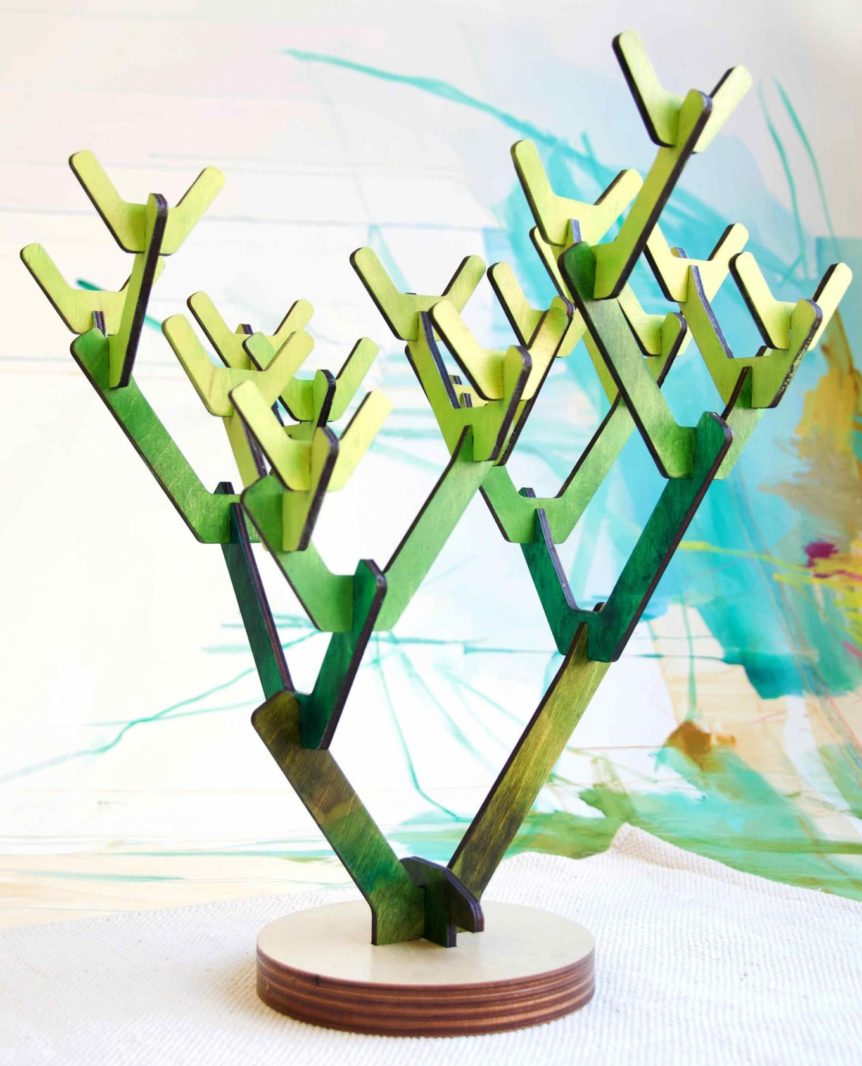
Photo courtesy of Learning Beautiful
Branching out: The Binary Tree allows children to physically construct a representation of a binary data structure

What other disciplines can computational thinking be extended to?
One problem in our education system is that we silo subjects, which can discourage multifaceted problem solving. From a young age, kids learn that they’re only an artsy kid or a science kid. You see this combined with gender disparities too.
Through computational thinking, you can take ideas of abstraction and patterns and extend them to other things, like art, music, and language.

What’s next for Learning Beautiful's full-scale launch?
Right now, we’re focusing on having a presence in more institutions and libraries. As of September, Learning Beautiful toys are in 10 new schools and 10 new libraries around the country.
The next big thing is ensuring we have a production path in line so that when orders come in, we know it will be there, ready to go. We want to bring on a couple more team members and start to aggressively work with sales.
We plan to do a full launch with the whole market in the next year and eventually sell our toys direct to consumer.



 4 min read
4 min read